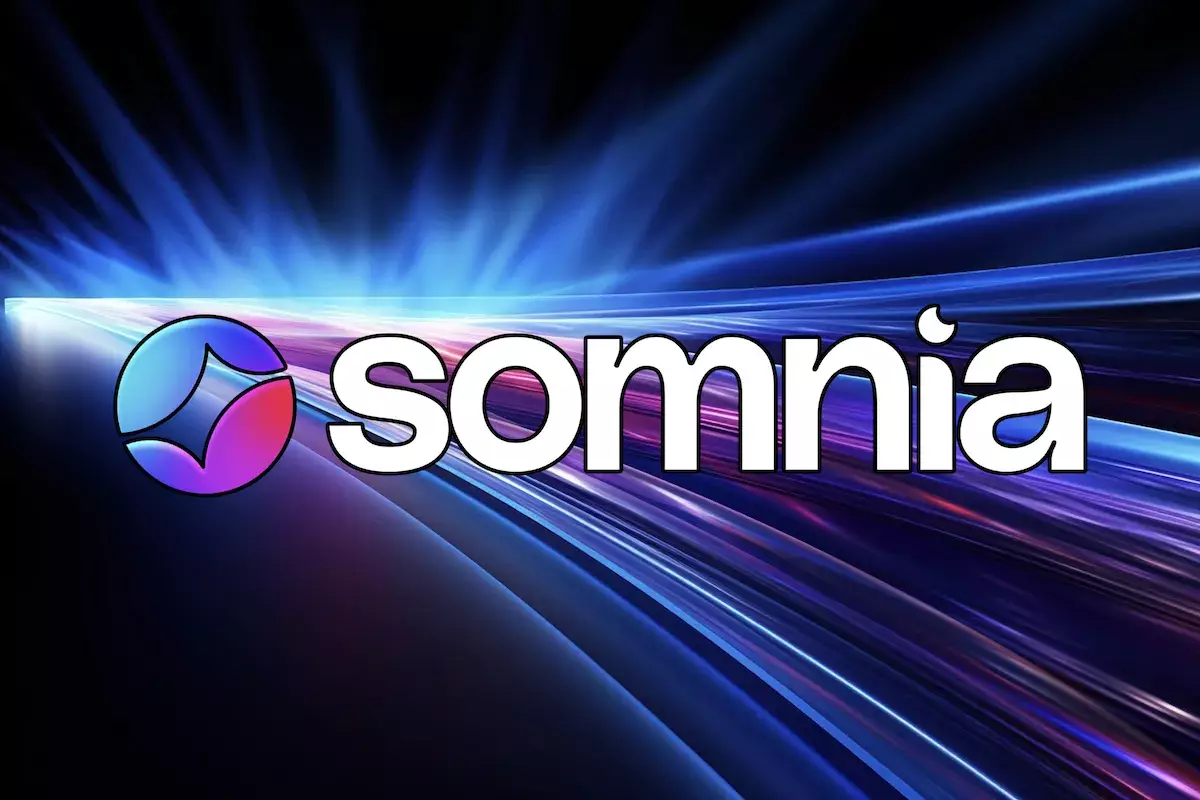As the cryptocurrency and blockchain landscape continues to evolve, numerous platforms are vying to provide innovative solutions that marry speed with reliability. Among them stands Somnia, a Layer-1 blockchain designed explicitly for applications demanding top-tier performance. Recently, Somnia revealed a series of impressive results from its Devnet testing that may elevate expectations of what blockchain can accomplish in real-world scenarios. With unprecedented transaction speeds and capabilities, Somnia appears poised to redefine the norms of decentralized technology.
In a noteworthy demonstration of its capabilities, the Somnia network successfully processed up to 1.05 million ERC-20 token transfers per second (TPS). Such staggering numbers highlight not only the blockchain’s speed but also its potential impact on applications that require rapid token swaps and high-volume transactions. For context, traditional blockchains often struggle to maintain efficiency under pressure, making Somnia’s performance a game changer for decentralized applications (dApps).
Furthermore, Somnia showcased its ability to mint an astonishing 300,000 NFTs every second. With NFTs gaining immense popularity and utility across various sectors, from art to gaming, this capability suggests that developers can now create vast quantities of digital assets without worrying about network congestion. Coupled with an average block time of just 100 milliseconds, Somnia establishes a compelling proposition for developers seeking to build on-chain experiences that demand speed and reliability.
Another pivotal achievement came from the network’s ability to facilitate 50,000 Uniswap trades per second across an impressive array of 100,000 accounts. Uniswap, a significant player in decentralized finance (DeFi), serves as a benchmark for measuring a blockchain’s ability to handle complex trades with minimal latency. Somnia’s ability to maintain this level of activity showcases its architecture’s robustness and adaptability, which is vital for fostering a thriving ecosystem where applications can interact seamlessly.
The tests were meticulously conducted across 100 nodes situated in diverse geographical regions, running on high-performance hardware equipped with substantial resources, including 32 virtual CPUs and 120GB of RAM. Remarkably, network delays were kept below one second, maintaining an average of around 900 milliseconds, which is critical for applications where real-time data processing is paramount.
At the heart of Somnia’s rapid performance lies a uniquely engineered architecture developed by Improbable. Utilizing a proprietary Ethereum Virtual Machine (EVM) compiler, Somnia effectively optimizes transaction processing. This customization allows the blockchain to push the boundaries of speed, bringing down transaction costs to nearly a penny—making it financially viable for users and developers alike.
In addition to the custom EVM, Somnia employs IceDB—a specialized database that achieves exceptional read-and-write speeds ranging from 15 to 100 nanoseconds. Such speed not only facilitates rapid data handling but also reinforces the platform’s efficiency in executing blockchain transactions. The combination of these technologies underscores Somnia’s commitment to creating an environment where performance and cost-effectiveness coexist harmoniously.
Paul Thomas, Somnia’s Founder and CEO, eloquently summarized the significance of these developments, stating, “Our technology is designed to support the demanding requirements of high-performance dApps while maintaining exceptional performance and cost-efficiency.” He firmly believes that the results validate their innovative approach and reveal the potential of blockchain technology to evolve beyond its perceived limitations.
Looking forward, Somnia is gearing up for its public testnet launch, inviting developers and community members to experience firsthand the network’s performance and capabilities. This endeavor not only allows for early-stage experimentation in areas like gaming and finance but also aims to inspire new ideas that leverage on-chain functionality without the historical barriers of slow transaction times or high fees.
As Somnia prepares to launch its public testnet, it is evident that the blockchain sector may be on the cusp of a substantial transformation. With its unique architecture and impressive test results, Somnia is poised to influence how developers conceptualize and build on-chain applications. By prioritizing speed and affordability, the platform stands to catalyze a new era of innovative and immersive blockchain experiences that could redefine the fabric of Web3. The future looks bright for Somnia as it sets the pace for blockchain technology yet again.


Leave a Reply